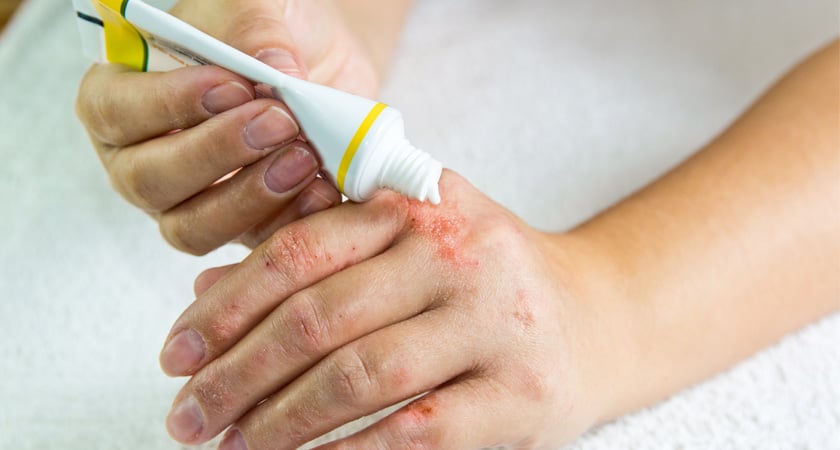When drugs aren’t working: study biofilms and invent better therapeutics!
We face a paradox when researching antimicrobials. Our models must be simple enough to replicate but complex enough to mimic the human infection. How we address this challenge will directly affect the future of antibiotic development.
How we used to screen for antibiotics
We study bacteria in isolation. It is convenient and for much of the history of infection biology research it has been essential. To get reliable results in the lab, we need to keep all variables constant while we test our hypotheses. For antibiotic screening, this has always meant testing compounds against a heterogenous population of bacterial cells because then we can be sure of the effects.
While this approach has served us well through the history of microbiology research, clinical researchers are reminded daily of the shortcomings. The fact is, bacterial infections are far more complex than clonal populations of bacteria in the lab.
Infections are more complex than our lab models
One of the best and most well studied examples of this complexity is the bacterial biofilm. These are tightly packed communities of bacterial cells that embed themselves in a sticky extracellular matrix. The bacteria within a biofilm communicate and, in many ways, act as a single entity.
Considering that 65% of hospital infections are caused by biofilms (1) it is no surprise that researchers have uncovered the limitations of studying single bacteria swirling round in an Erlenmeyer flask in the lab. Furthermore, it is beneficial to reduce animal testing, which also mimics the human system only to a limited extent.
Bacterial biofilms give bacteria new properties
The biofilm state gives bacteria a whole set of new properties that are extremely important for their survival and proliferation during an infection. Biofilms are more resistant to the human immune system, often becoming coated in host proteins meaning the body’s defenses cannot recognize them. Crucially, when it comes to finding new treatments for bacterial infections, the cells in a biofilm often do not respond in the same way to antibiotics.
Clearly, we need to pay more attention when developing biofilm treatments, which is why they have been the focus of ever intensifying research efforts over the last decade with major publishing houses now devoting entire journals to publication of biofilm research.
As more data are published, a strong trend has emerged – biofilms are far more complicated that we ever thought. The level of complexity increases even more when we compare biofilms grown in the lab compared to biofilms isolated from patients. It is one thing to be a bacterium growing in the perfect culture medium in the lab and another thing entirely to be a biofilm in the human body, where the environment is much harsher.
How do we improve our hit rate for new antimicrobials?
When we look at the slim pipeline for novel antimicrobials and the low chances of success, we should consider how well our models for studying infection reflect reality in the human body. Better and more accurate models are the key to understanding infections as well as the worrying proliferation of antibiotic resistant bacterial clones.
The hunt for realistic models should of course be balanced by pragmatism. We need to find new laboratory methods that can more accurately represent the in vivo infection but can also be carried out at a scale large enough to test thousands of new potential drugs with enough replicates to guarantee statistical rigor.
One way to do this for skin infection studies is to use an air-liquid interface model system using ThinCert®. This is a porous insert that can be placed into the wells of a multi-well plate and used to build up a human skin model layer by layer as different cell types are sequentially seeded on top of the porous insert.
Crucially for the accuracy of the model, ThinCert® allows you to create an air-liquid interface inside a single well, meaning differentiated epidermal layers including the stratum corneum, stratum granulosum and stratum spinosum can be accurately formed.
This skin model can then be used to host a biofilm layer on top to closely simulate a real infection. As this can be done many times in the same multi-well plate then it is also possible to perform large numbers of replicates to uncover new therapies with a lot of statistics to back them up.
Ready to enter the next level?
Please contact our experts today to find the perfect solution for you!
Don't miss our regular updates on scientific topics around 3D Cell Culture
References
[1] Wu, B., Haney, E.F., Akhoundsadegh, N. et al. Human organoid biofilm model for assessing antibiofilm activity of novel agents. npj Biofilms Microbiomes 7, 8 (2021).
